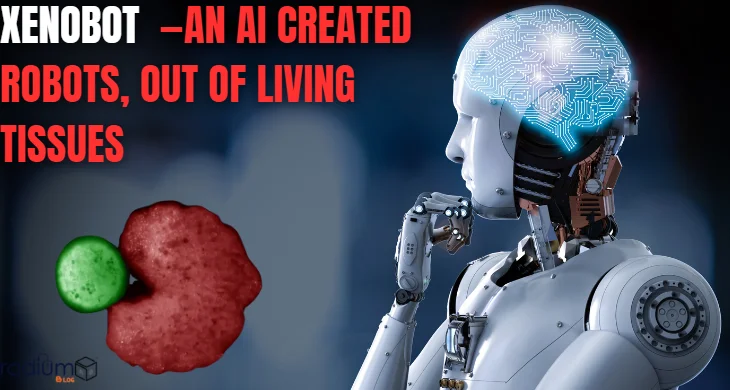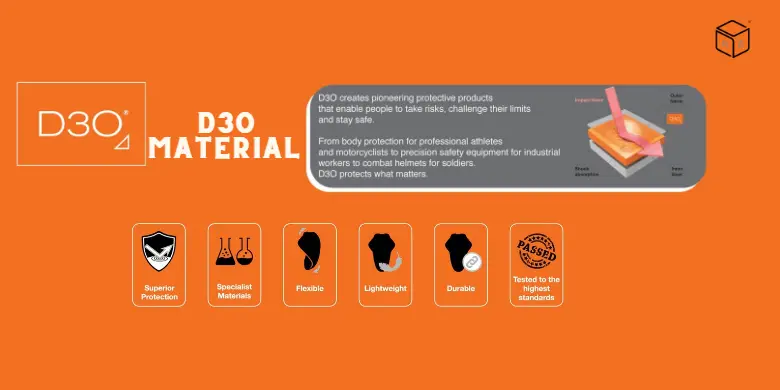In recent years ,the field of robotics has seen remarkable Advancements ,particularly with the emergence of Artificial Intelligence (AI). However ,a groundbreaking Development has taken place with the creation of Xenobots ,a new class of robots constructed entirely from living tissues. Xenobots represent an extraordinary intersection of Biology and AI, offering immense potential for various Applications in medicine ,environmental conservation ,and even exploration. This article explores the Fascinating world of Xenobots ,their creation process ,potential applications ,ethical considerations ,and the future prospects of this revolutionary technology.
Understanding Xenobots:
1.1 Origins and Definition: Xenobots were first Introduced to the world in 2020 by a team of researchers from the University of Vermont and Tufts University. Derived from the African clawed frog (Xenopus laevis) ,these “xenobots” are the first living machines Created from biological cells. By harnessing the Power of AI algorithms and evolutionary Algorithms ,Scientists have managed to design and Construct these tiny biological robots.
1.2 Construction Process: The creation of Xenobots involves two main steps: cellular extraction and evolutionary design.
1.2.1 Cellular Extraction: The process Begins with Collecting embryonic Skin and heart cells from the African clawed frog. These Cells are then cultured in a petri dish ,Allowing them to multiply and form Small tissue clusters. Researchers use microsurgery Techniques to manually sculpt these clusters into Specific shapes and configurations, creating the desired body plan for the Xenobots.
1.2.2 Evolutionary Design: Next, AI algorithms, specifically evolutionary algorithms, are employed to simulate thousands of different body designs and evaluate their functional capabilities. These algorithms optimize the shapes and structures of the tissue clusters, enabling the Xenobots to perform specific tasks. The most successful designs are selected for further refinement and implementation.
Potential Applications of Xenobots:
2.1 Biomedical Applications: Xenobots have shown significant potential in various biomedical applications. These living robots can be designed to navigate through the human body ,delivering drugs to specific targets or removing harmful substances. Additionally ,they can be engineered to assist in the regeneration of Damaged Tissues or the Removal of Arterial plaque.
2.2 Environmental Applications: The ability of Xenobots to interact with their environment in unique ways opens up possibilities for environmental conservation. They can be employed to collect microplastics from bodies of water ,remove toxins ,or assist in Cleaning up oil spills. Furthermore ,their small size and biological nature make them ideal Candidates for monitoring ecosystems and Conducting Environmental surveys.
2.3 Exploration and Beyond: Xenobots could revolutionize the field of space exploration. With their adaptability and self-repair capabilities ,these living robots might be utilized for autonomous repair missions in space, exploration of distant planets ,or even the colonization of extraterrestrial environments. Their organic composition could prove advantageous in handling the challenges posed by space travel.
Ethical Considerations:
3.1 Safety and Regulation: The emergence of Xenobots raises significant ethical questions regarding safety and regulation. Ensuring that these living machines are programmed with strict ethical guidelines is crucial to prevent unintended consequences or misuse. Regulations and oversight must be implemented to guide the responsible development and deployment of Xenobots.
3.2 Ecological Impact: Introducing living organisms into ecosystems, even in the form of tiny robots, may have unforeseen ecological consequences. Thorough environmental risk assessments and mitigation strategies must be conducted to prevent any potential harm to ecosystems and native species.
3.3 Public Perception and Acceptance: The ethical implications of creating living robots might evoke various reactions from the public. Scientists and policymakers must engage in transparent communication to build public trust, address concerns, and foster open dialogue about the implications and limits of this technology.
Future Prospects:
The future prospects of Xenobots hold immense promise. As research and development continue, scientists envision even more sophisticated designs and capabilities. By enhancing the intelligence and functionality of Xenobots, they could potentially perform complex tasks such as tissue repair, organ transplantation, or even serve as personalized medical assistants.

Ques: What are Xenobots?
Ans: Xenobots are a type of Biological robot or biobot Created using living tissues. They are designed and Assembled using Artificial Intelligence (AI) algorithms and Techniques.
Ques: How are Xenobots created?
Ans: Xenobots are created by using a combination of computational modeling and experimental techniques. Initially, a computer algorithm designs and simulates different configurations of cells. Then, biological experiments are conducted to test and create the physical organisms based on the simulations.
Ques: What are the components of Xenobots?
Ans: Xenobots are made from living cells, typically taken from the embryos of African clawed frogs (Xenopus laevis). The cells are carefully arranged and organized to create functional structures, often resembling simple organisms.
Ques: What can Xenobots do?
Ans: Xenobots have the potential to Perform various tasks depending on their Design and Purpose. They can be programmed to perform tasks such as moving in a specific direction ,transporting objects ,or even interacting with their environment.
Ques: Are Xenobots autonomous?
Ans: Yes, Xenobots are autonomous to some extent. They can exhibit rudimentary decision-making capabilities based on their programmed behavior. However, their autonomy is limited as they do not possess a nervous system or advanced cognitive abilities.
Ques: What are the applications of Xenobots?
Ans: Xenobots have a wide range of potential applications. They can be used in areas such as environmental cleanup, targeted drug delivery ,and biomedical research. Additionally ,their ability to interact with living tissues makes them Promising for applications in regenerative medicine.
Ques: Are Xenobots safe?
Ans: The safety of Xenobots is a topic of ongoing research and discussion. As they are made from living tissues, it is important to Consider ethical and regulatory aspects. Efforts are being made to ensure that Xenobots are Designed and used responsibly to minimize any Potential risks.
Ques: Can Xenobots reproduce or evolve?
Ans: No, Xenobots are not capable of reproduction or evolution. They are created through a deliberate design process and do not Possess the ability to reproduce independently or Adapt through evolutionary processes.
Ques: How are Xenobots different from traditional robots?
Ans: Xenobots differ from traditional robots in their construction and material. Traditional robots are typically made from rigid, inanimate materials like metal and plastic, while Xenobots are composed of living cells. This biological nature gives Xenobots unique properties and potential advantages in certain applications.
Ques: What are the future prospects for Xenobots?
Ans: The field of Xenobots is still in its early stages ,but it holds significant promise. Further research and development may lead to advancements in their functionality, autonomy ,and potential applications. Xenobots have the potential to revolutionize fields such as medicine ,biotechnology ,and environmental science.
Conclusion:
Xenobots represent a groundbreaking technological advancement at the intersection of AI and biology. These AI-created robots, constructed from living tissues, hold tremendous potential in various fields, including medicine ,environmental conservation, and space exploration. However ,it is crucial to approach the development and deployment of Xenobots with careful consideration for safety ,ethical implications, and ecological impact. As the field progresses, continued research, responsible practices ,and open dialogue will be key to maximizing the benefits and minimizing the risks associated with this extraordinary technology.




